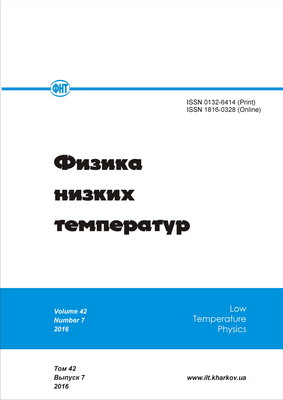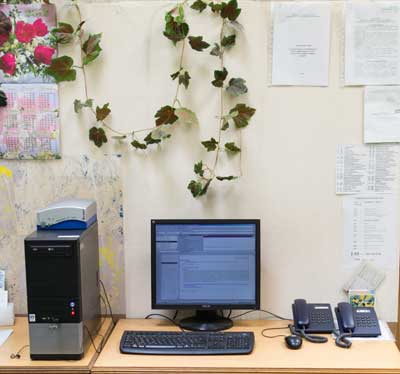
Бази даних
Наукова періодика України - результати пошуку
 |
Для швидкої роботи та реалізації всіх функціональних можливостей пошукової системи використовуйте браузер "Mozilla Firefox" |
|
|
Повнотекстовий пошук
| Знайдено в інших БД: | Реферативна база даних (5) |
Список видань за алфавітом назв: Авторський покажчик Покажчик назв публікацій  |
Пошуковий запит: (<.>A=Kokshenev V$<.>) | |||
|
Загальна кількість знайдених документів : 2 Представлено документи з 1 до 2 |
|||
| 1. | 
Kokshenev V. B. Loosing thermodynamic stability in amorphous materials [Електронний ресурс] / V. B. Kokshenev // Физика низких температур. - 2011. - Т. 37, № 5. - С. 551-557. - Режим доступу: http://nbuv.gov.ua/UJRN/PhNT_2011_37_5_21 The primary relaxation dynamics near the glass transformation temperature T | ||
| 2. | 
Kokshenev V. B. Generic features of the primary relaxation in glass-forming materials [Електронний ресурс] / V. B. Kokshenev // Физика низких температур. - 2017. - Т. 43, № 8. - С. 1174-1188. - Режим доступу: http://nbuv.gov.ua/UJRN/PhNT_2017_43_8_13 We discuss structural relaxation in molecular and polymeric supercooled liquids, metallic alloys and orientational glass crystals. The study stresses especially the relationships between observables raised from underlying constraints imposed on degrees of freedom of vitrification systems. A self-consistent parametrization of the <$E alpha>-timescale on macroscopic level results in the material-and-model independent universal equation, relating three fundamental temperatures, characteristic of the primary relaxation, that is numerically proven in all studied glass formers. During the primary relaxation, the corresponding small and large mesoscopic clusters modify their size and structure in a self-similar way, regardless of underlying microscopic realizations. We show that cluster-shape similarity, instead of cluster-size fictive divergence, gives rise to universal features observed in primary relaxation. In all glass formers with structural disorder, including orientational-glass materials (with the exception of plastic crystals), structural relaxation is shown to be driven by local random fields. Within the dynamic stochastic approach, the universal subdiffusive dynamics corresponds to random walks on small and large fractals. | ||
 |
| Відділ наукової організації електронних інформаційних ресурсів |
 Пам`ятка користувача Пам`ятка користувача |